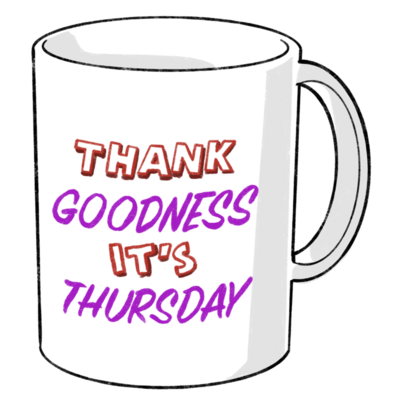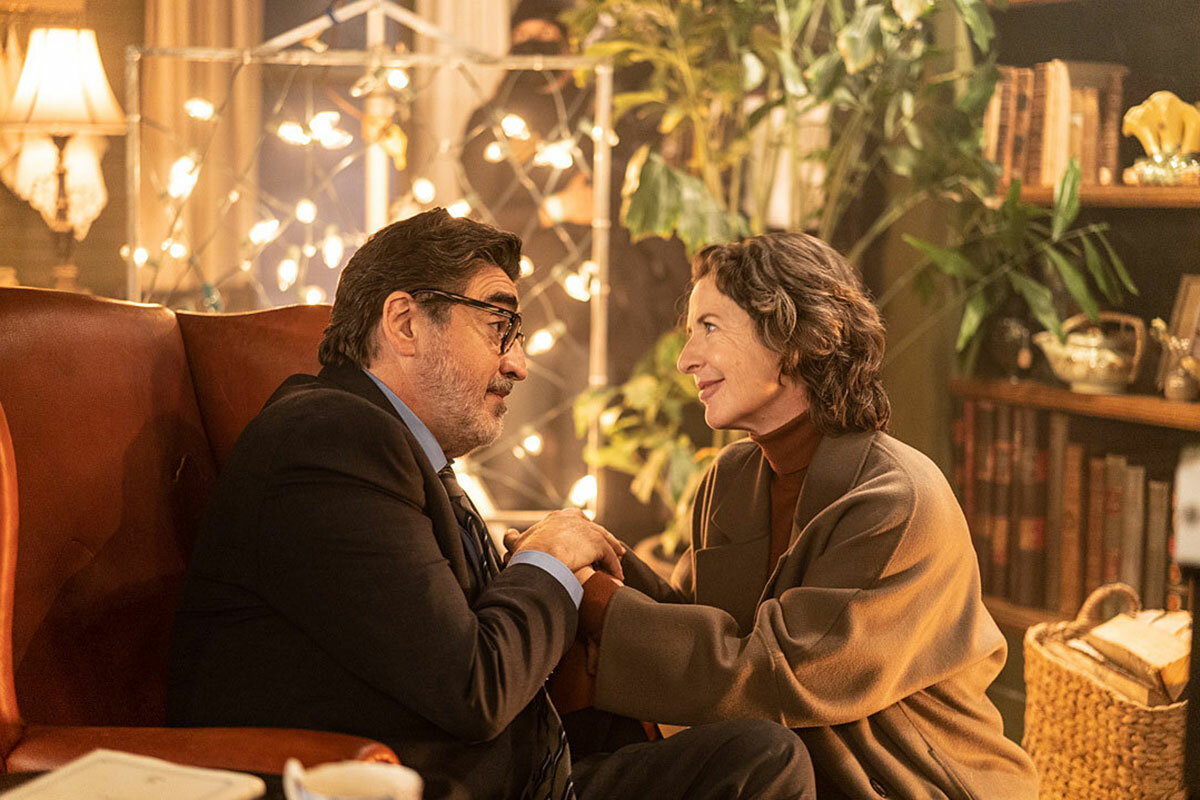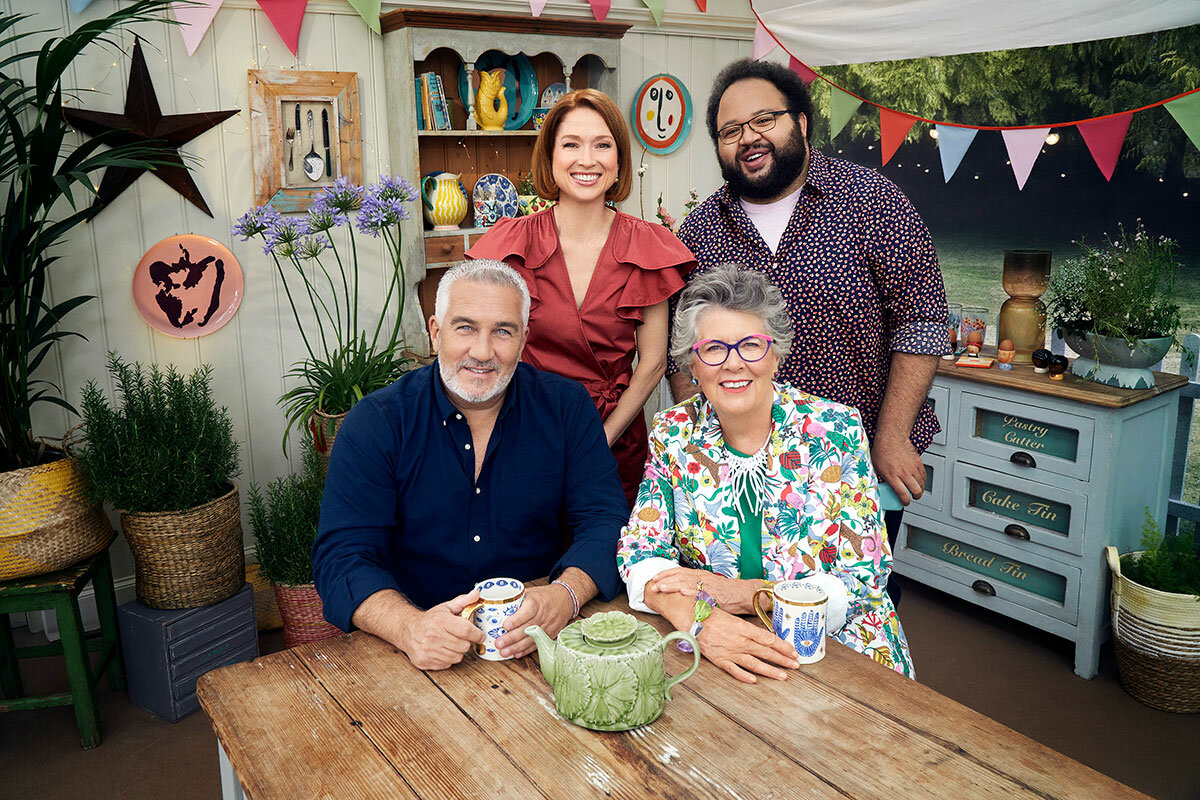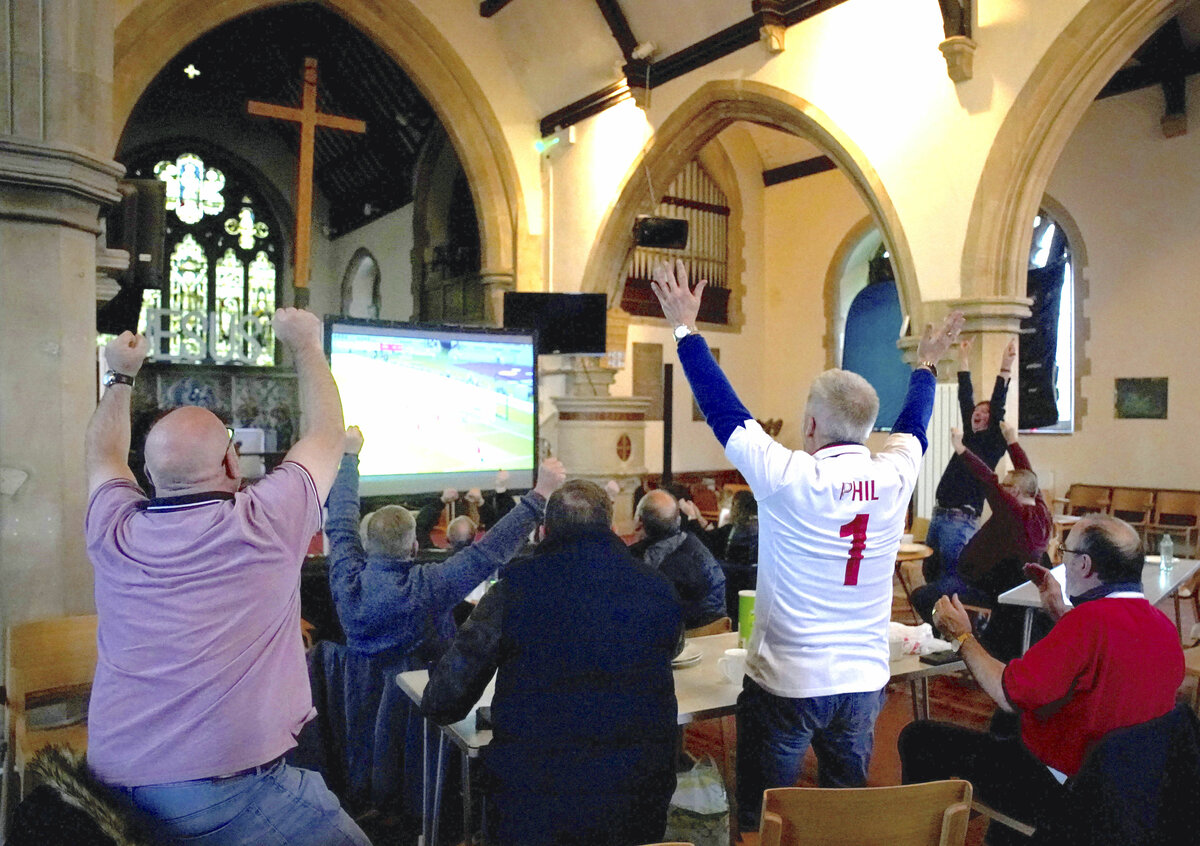The Chinese government is making a swift but careful pivot away from its strict “zero-COVID” regulations after mass protests this week. The shifts, though incremental, are a reminder that public pressure can spark change, even within a top-down government.
Monitor Daily Podcast
- Follow us:
- Apple Podcasts
- Spotify
- RSS Feed
- Download
 Linda Feldmann
Linda Feldmann
It’s the end of an era, most likely. For decades, the Iowa caucuses and New Hampshire primaries have launched the nominating process for presidential candidates. A candidate could perform well in one or the other, or both, and carve a path to the Oval Office. Look no further than Bill Clinton, who bombed in Iowa in 1992, only to finish a strong second in New Hampshire, where he branded himself “The Comeback Kid” and never looked back.
Such storied days appear to be ending, with President Joe Biden’s proposed new Democratic nominating calendar beginning with South Carolina. That’s the primary that resurrected Mr. Biden’s candidacy in 2020 – with a big assist from the state’s senior congressman, James Clyburn – after dismal performances in the first two states.
In the proposed plan, New Hampshire and Nevada would go second (on the same day), followed by Georgia, and then Michigan – all general-election battlegrounds. The Democratic National Committee’s rules and bylaws panel approved the new schedule Friday, with the full DNC taking up the issue early in 2023.
The proposal adds to evidence that President Biden is running for reelection in 2024: Post-midterms, he continues to travel to swing states such as Michigan and Arizona, touting his record. And he’s already raising Democratic money for the next cycle, including an event today in Boston.
Iowa and New Hampshire, both with largely white populations, were already on thin ice as early deciders for the increasingly diverse Democratic Party. Then Iowa Democrats botched their caucuses in 2020 with a glitchy app-based reporting system.
But more important, the thinking goes, promoting larger states with more diverse populations means the Democrats are more likely to wind up with nominees with broad appeal.
Iowa and New Hampshire Democrats are understandably furious. New Hampshire, in particular, has long been proud of its “first in the nation” role. Recently retired Secretary of State Bill Gardner protected that status, a matter of state law, for 45 years.
But the people of New Hampshire have also taken their charge seriously. It’s a small state, and it's easy to see candidates in person. Even those watching on TV paid careful attention. I used to love staying at my sister’s house in New Hampshire during primary season and sitting with her mother-in-law as she assessed candidates via their ads. Mémé always offered astute observations.
Will South Carolinians be as diligent? We may find out soon enough.











